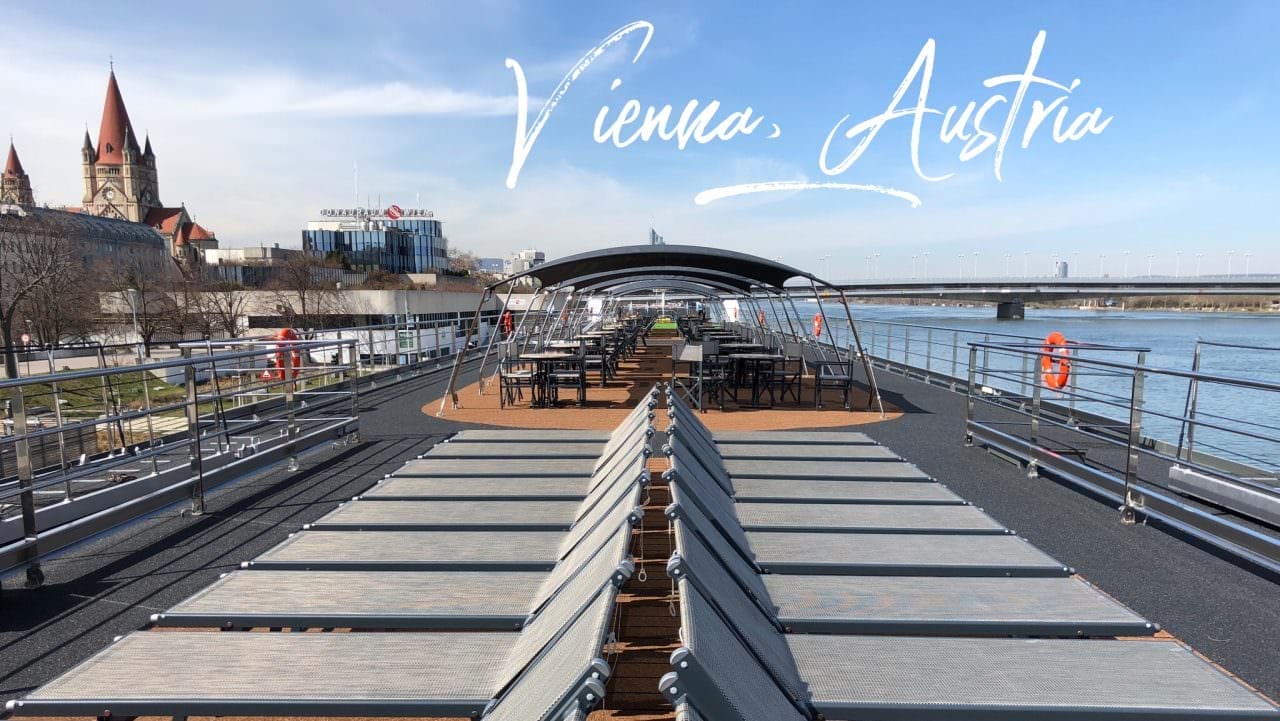
Vienna Overview
Both the capital and largest city in Austria, Vienna is a highlight on Danube river cruises. The city’s rich history, imperial grandeur, world-famous music and coffeehouse culture make for exceptional excursions from ships that dock 10 to 15 minutes away from the city center.
Vienna’s history spans more than 2,000 years. Originally a Roman military camp (Vindobona), it grew into a major medieval trade hub. In the 13th century, the Habsburgs made it their imperial seat, and Vienna became the center of the Holy Roman Empire.
During the 17th and 18th centuries, it flourished as a cultural capital, home to composers like Mozart, Beethoven, and Haydn. The city resisted Ottoman sieges (1529, 1683) and later became the capital of the Austro-Hungarian Empire (1867-1918). After World War I, Austria became a republic, but Nazi Germany annexed it in 1938.
Post-World War II, Vienna was occupied by Allied forces until 1955, when Austria regained independence. Today, it remains a global center for music, art, and diplomacy.
Vienna consistently ranks among the world’s best cities for quality of life and livability. In 2001, Vienna’s historic city center was designated as a UNESCO World Heritage site, and still offers up plenty of charm, historic sites, and friendly citizens who are forward-thinking, yet fiercely proud of their rich heritage.
Your River Cruise Ship Docks …
Vienna is situated along the magical Danube. Most river cruise ships will dock near the city center at the Reichsbrucke, with easy access to the city center via the U-Bahn 1 Line.
When in Vienna …
There’s definitely no shortage of things to see and do during your time in Vienna, and getting around is easy thanks to the walkable nature of the city (cycling is also a good way to get around). For far-flung attractions, the five U-Bahn metro lines are your best bet for getting there quickly. Trains run every two to seven minutes on average. Buy tickets online or download the city’s public transport app at the City of Vienna’s website.
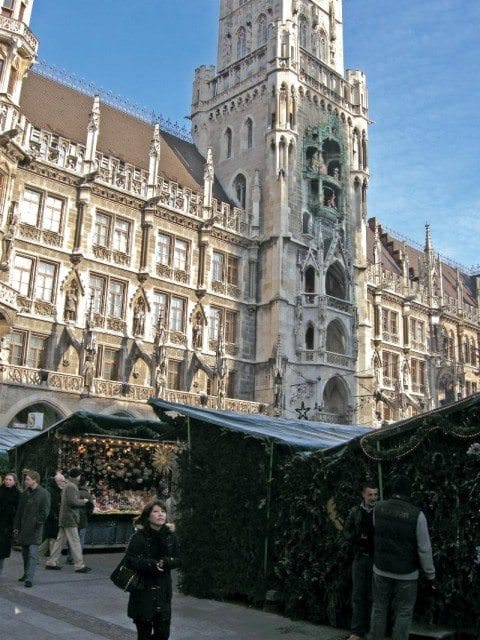
Do Not Miss
- One of the most impressive sights in Vienna is the incredible Hofburg Palace. Located near the Herrengasse station on U-Bahn Line 3, the palace was home to various emperors until 1918, and now houses several museums which are open to the public. The Austrian president also has offices here, in the compound’s Imperial Palace.
- Viennese cafes have been serving up caffeinated beverages for centuries now, and make for a perfect rest stop during a day of heavy exploring. Not only are the offerings delicious, but in many cases, these cafes are located in older heritage buildings, making patrons feel as though they’ve stepped back in time. Skip Starbucks when in Vienna – have a local coffee.
- Art lovers will want to devote a full day to exploring the sprawling Kunsthistorisches Art Museum. Exhaustive is perhaps the best way to describe the collections contained within, including some that focus on ancient Greek, Roman and Egyptian art. Architecture lovers will want to visit just for the building itself.
- History buffs may want to visit Freud’s historic flat on Berggasse 19 where he practiced psychoanalysis until 1939, when he left Vienna for London in order to escape the Nazi regime. Because of this, the museum’s collection is rather limited, but the experience of being in “Freud’s room” is still worthwhile, nonetheless.
- Shoppers will want to make their way to Mariahilferstraße, one of Vienna’s most popular shopping districts. Travel there via the U-Bahn U3 line, and get off at either Neubaugasse or Zieglergasse station.
- If you’re fortunate to visit Vienna during the winter months, you may want to check out one of the city’s popular Christmas Markets. Running from mid-November right up until Christmas Eve, these serve as popular social gatherings where good food and wine are on the menu. Rathaus is one of the busiest and most popular Christmas Markets in Vienna, though there are plenty more to choose from, and entry is always free.
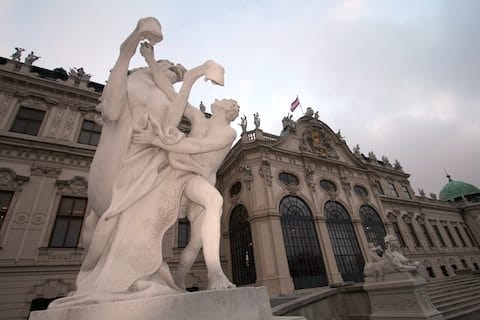
A Local’s Guide To Exploring Vienna
Vienna holds many hidden treasures. “The soul of Vienna is behind doors that you don’t easily find and in hidden cellars that aren’t so apparent,” says Wade Korzan, a Californian who lived in Vienna while working with AmaWaterways.

One such cellar is Zwolf-Apostelkeller, or the 12 Apostle’s Cellar, marked only by a small sign and situated underground at Sonnenfelsgasse 3, just a few minutes walk from Vienna’s iconic landmark, St. Stephan’s Cathedral (Stephansdom), one of Europe’s best-known Gothic buildings.
Zwolf-Apostelkeller’s rows of wooden tables sit beneath vaulted ceilings surrounded by walls that predate 1561. The dungeon-like wine cellar serves up a selection of beer and wines as well as hearty Austrian fare, at a price that the local students and tourists alike appreciate.
It’s discoveries like these that enhance the visitor’s enjoyment and understanding of Vienna, and certainly, tourists must dig deeper to discover the real Vienna.
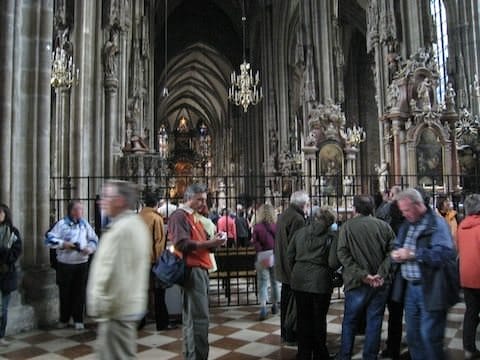
Korzan confesses that he wasn’t crazy about the city when he visited it on business trips while living in Bavaria. “Vienna didn’t appear to have much to offer beyond St. Stephan’s and the Ringstrasse,” he says, adding that while these are highlights that tourists must check off their lists, Vienna offers much more.
To come to Vienna and only see St. Stephan’s and the Ringstrasse (the well-known circular road lined with grand buildings, monuments and parks) is to get only a “superficial” glimpse the Austrian capital, Korzan says. “You can only love Vienna when you get to know it,” he says.
To get to know Vienna, experience the coffee culture at such establishments as Kleines Cafe, reputed to be Vienna’s smallest cafe, located at Franziskanerplatz 3 near St. Stephan’s Cathedral.
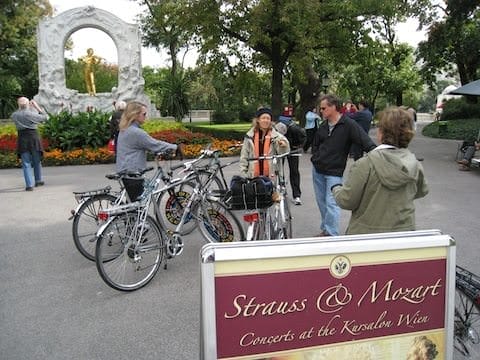
Viennese Concerts
You’ll also want to experience the “concert culture.” Mozart, Beethoven and Strauss composed their greatest operas and symphonies in Austria’s capital city. The composer Schubert was born here.
The best venue is the Festsaal at Hofburg, the former winter residence of the Habsburgs.
In the grand “Festival Hall” it takes only a smidgen of effort to imagine the gala dinners and royal balls that have been held here.
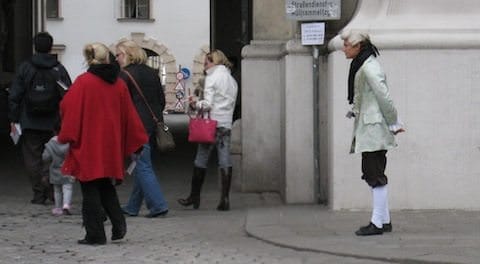
You may be mildly disappointed, however, if you are seated at the same palace but in the Redoutensaal. The “Redouten Hall” has a tradition dating back more than 300 years, but it was damaged by fire in 1992 and renovated.
Today, the Redoutensaal’s walls are adorned not in a fashion that reflects the periods in which the famous composers performed there but with modern murals, which for some, begs the appropriate atmosphere for the fine performances by the Wiener Hofburg Orchestra.
Grand Palaces
To truly absorb the ambiance of Vienna’s grand palaces, many people head for Schonnbrunn, the Habsburgs’ summer residence, with rooms decorated in Rococo style and beautiful formal gardens. The Habsburgs were one of Europe’s principal sovereign dynasties from the 15th to the 20th centuries.

The Habsburgs’ winter place, Belvedere, however, is more enjoyable for some, particularly art aficionados. Belvedere is comprised of two Baroque palaces at either end of a terraced garden. Both palaces house museums of Austrian art, including major works by Gustav Klimt.
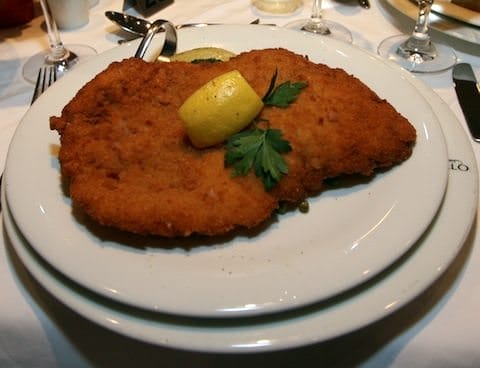
Sampling Schnitzel
You can’t leave Vienna without trying the iconic Wienerschnitzel. And here’s something you may not know about the breaded veal cutlets named for the city of Wien (or Vienna): They are said to have originated in Milan, Italy.
Well, no matter where it originated, you won’t find better Wienerschnitzel than at Figlmuller, says Rudi Schreiner, who was raised in Vienna and is president of AmaWaterways. Figlmuller is situated at Bäckerstrasse 6 near St. Stephan’s on Wollzeille street.
A tip: The Austrians complement Wienerschnitzel with boiled potatoes while the Germans complement theirs with fries. If you prefer fries, let the waiter know.
Hotels Worthy Of A Visit – Or Stay
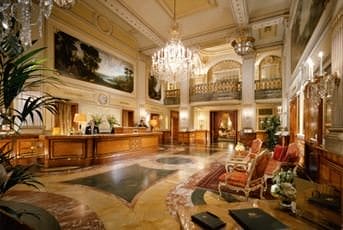
You’ll soon find that a few hours is not enough in Vienna. If you plan on staying a few days, make your home at either the Hotel Imperial or the Hotel Sacher Wien.
The majestic Hotel Imperial was originally built in 1863 as the Prince of Württemberg’s Viennese residence. Overlooking the historic Ringstrasse, the building was transformed into a hotel to accommodate visitors of the 1873 World’s Fair.
Entering the lobby, you’ll note beautiful chandeliers that light a Royal Staircase leading up to suites and rooms. Book yourself in a room with a private balcony for views of the roofs and spires of old Vienna. Dine at either The Imperial Restaurant or Café Imperial. Both have accommodated many famous authors and composers who penned their masterpieces here.
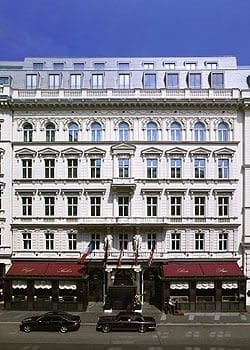
Situated in the city center opposite the Opera House and only a short walk from St. Stephan’s, the Hotel Sacher was opened in 1876.
The hotel’s founder was the son of the creator of the original Sacher-Torte, the world-renowned Viennese chocolate cake. Staying here puts a twist on the old saying that you can’t have your cake and eat it too.
At the Hotel Sacher Wien, there’s always plenty of cake no matter how much you eat. So dip in your fork. You’ve discovered yet another of Vienna’s true treasures.
River Cruisers Should Know!
- The adopted currency of Austria is the Euro.
- German is the official language in Austria, and while most people involved directly with tourism professions will speak English, it isn’t as widely used compared with other European countries. Because of this, travelers may wish to bring an English to German dictionary.
- Like most European cities, Vienna boasts beautiful cobblestone streets that are pretty to look at, but can be quite painful to walk on without proper footwear. When you go exploring, make sure you have a comfortable pair of flat-soled shoes on. Your feet will thank you.


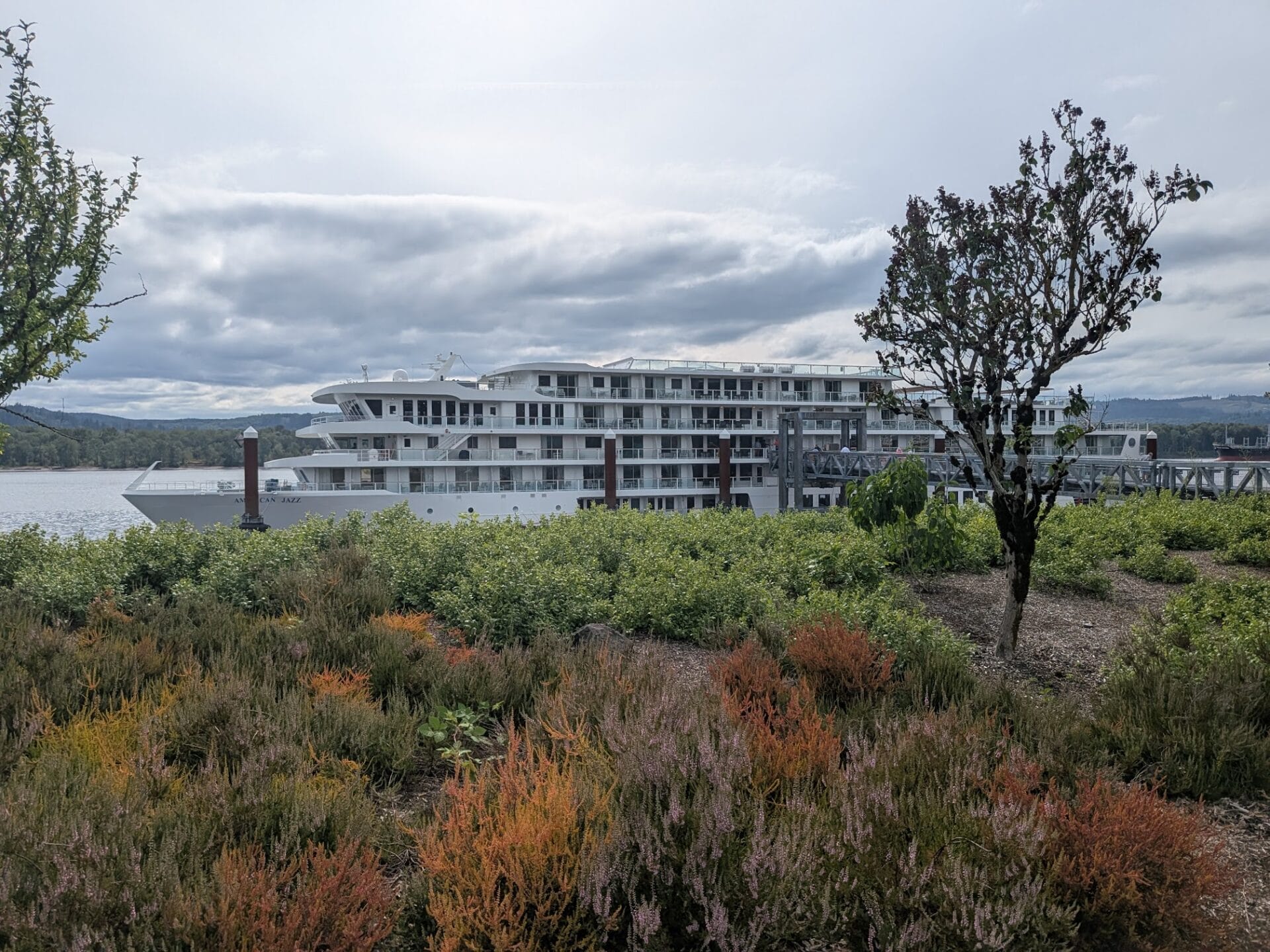
One Response
A Viking River Cruise tour made us return to Vienna for a 10 day land stay, and we will be back, via AmaDante in November. Vienna makes me feel like a young student.Trams and u-bahn are easy.